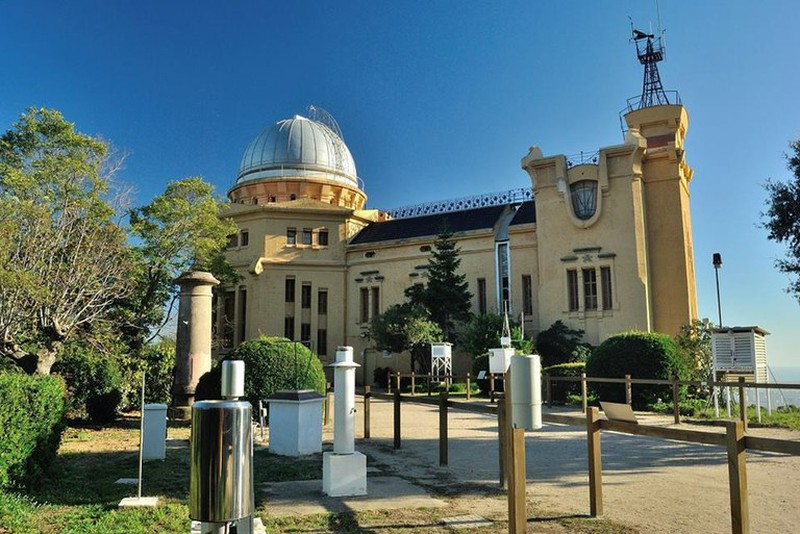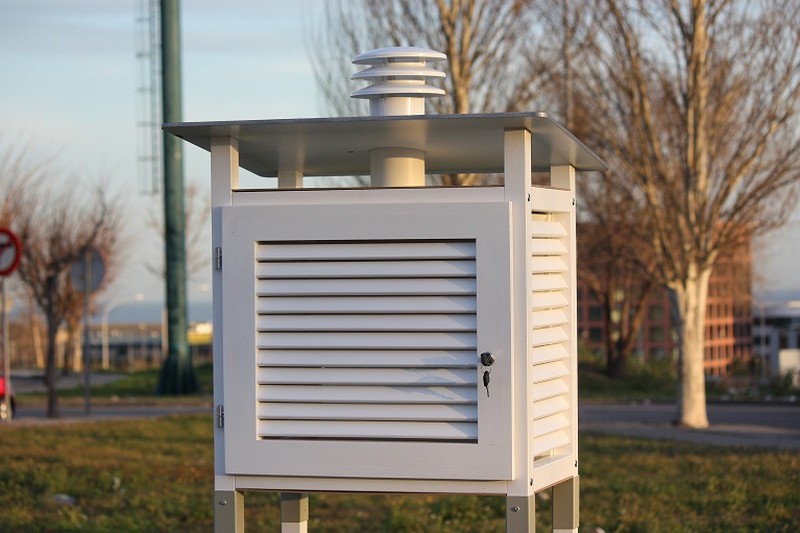How to properly install your professional weather station
What steps do we have to follow to correctly install the station we just bought?

The meteorological observer always seeks that the data recorded by his station are as reliable and representative as possible. For this, the World Meteorological Organization (WMO) has established a universal regulation to follow for the installation of meteorological observatories, both manual and analog. These standards are compiled in this official document.
Analog or manual observatory:
The ideal analogue observatory should be located on flat terrain, 25 x 25m (or 10 x 7m), free of obstacles and without slopes. The ground should preferably be covered with vegetation typical of the area or grass less than 25cm high. The instruments must be away from any source of natural or artificial heat (buildings, walls, concrete, etc.) and also more than 10m from a water body.
Digital observatory or automatic weather station:
The environment for the installation of an automatic weather station must be similar to that described for the manual. It is very important to keep it away from heat sources such as fireplaces, walls and walls. For the correct wind measurement, the station must be in a high and clear place, recommended at a height of about 10m.
Analog manual observatory:
- Thermometers and psychrometer:
Inside a double blind wooden gate, painted white and with a ventilation fireplace. Located 1.25-2m above the ground.
- Pluviometer:
200cm2 Hellmann officer free of obstacles around (10º) and preferably located 1.5-2m above ground level.
- Anemometer and weather vane:
Obstacle-free location, 10m from the ground surface or 10 + 2m above the nearest obstacle, which is 2m high.
Digital observatory or automatic weather station:
- Thermometers and psychrometer:
Inside the guardhouse (radiation shield), painted white and with the possibility of self-priming ventilation. Located 1.25-2m above the ground.
- Pluviometer:
165mm diameter receiving cone, internal rocker system with 0.2mm resolution. Located between 1.5 and 2m above the ground, in a place free of obstacles. It is recommended not to install it on railings, and also to provide the station with some winds or tensioners, if it is located in a high place.
- Anemometer and weather vane:
Obstacle-free location, 10m from the ground surface or 10 + 2m above the nearest obstacle, which is 2m high.
A meteorological observatory is equivalent to a living system, it deteriorates as time passes, and it needs rigorous care and maintenance.
- Painted newspaper of the double blind gatehouse
- Monitor the state of the official maximum and minimum thermometers, avoid the presence of bubbles.
- Monitor the state of the psychrometer, keep the tank with water.
- Cleaning the rain gauge to avoid clogging. Periodic calibration of the automatic or digital rain gauge.
- Clean the anemometer cups and monitor their correct rotation.







Opinions of our clients
Receive our news